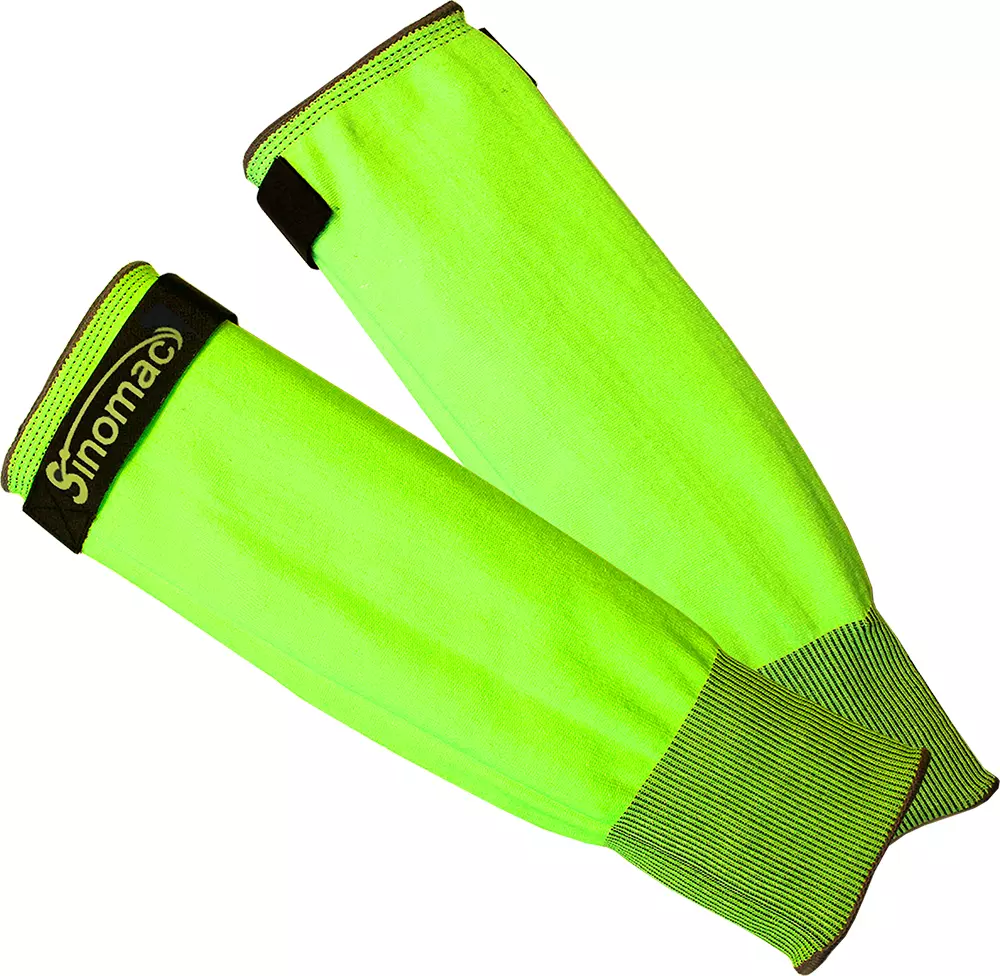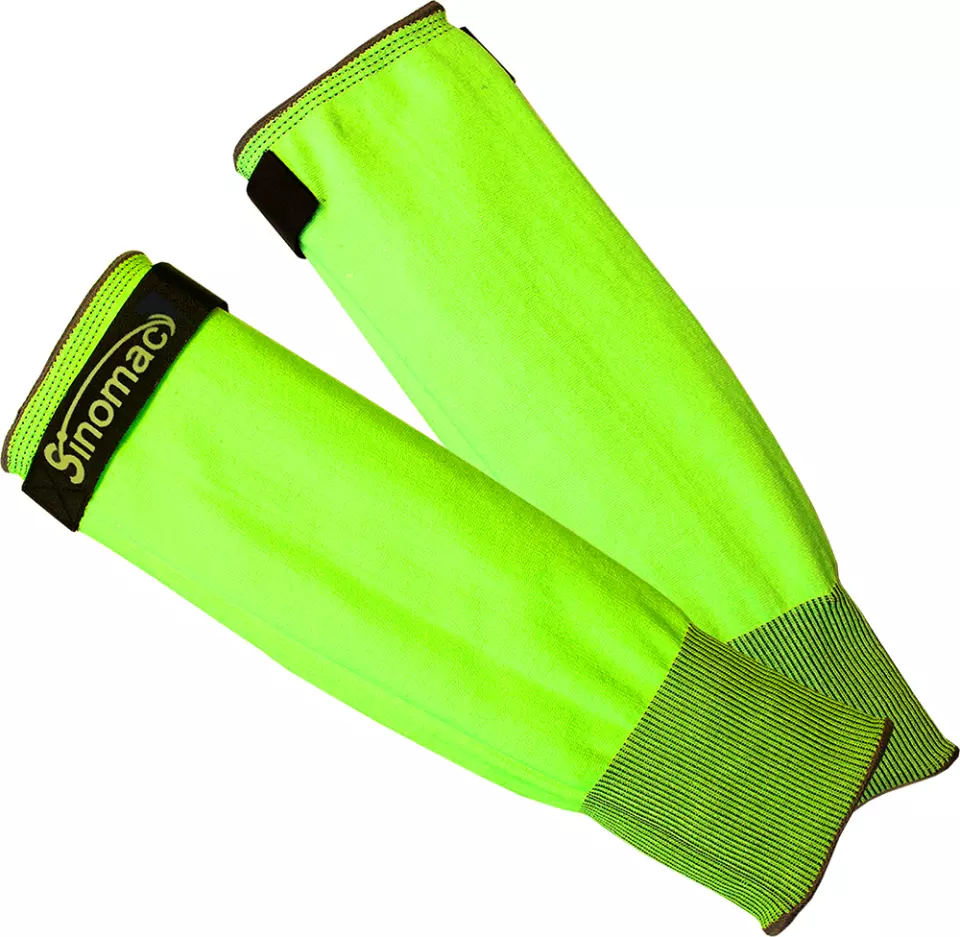
Features You'll Love

Closure Style · Velcro
The method used to secure and fasten the sleeve in place, affecting ease of installation, adjustability, and how securely it stays positioned during use.

Material · High performance polyethylene fiber (HPPE), Fiberglass
EN 388 · Tear Resistance Level 4, Cut Resistance, ISO 13997 Level C, Abrasion Resistance Level 3
Offers the highest level of protection against tearing, withstanding a strong force before ripping.
Offers medium protection against cut risks from handling lightweight metals and plastics.
Provides good resistance against scraping, scratching, and rubbing on rough or abrasive surfaces.
Hase Safety Gloves
ARMCOVER CUT 30 Forearm Guards, 10 pairs
ARMCOVER CUT 30 Forearm Guards, 10 pairs
5 / 5
103,92 €
Price per 10 pairs
10,39 € / pair
Choose size
Free delivery
Features You'll Love

Closure Style · Velcro
The method used to secure and fasten the sleeve in place, affecting ease of installation, adjustability, and how securely it stays positioned during use.

Material · High performance polyethylene fiber (HPPE), Fiberglass
EN 388 · Tear Resistance Level 4, Cut Resistance, ISO 13997 Level C, Abrasion Resistance Level 3
Offers the highest level of protection against tearing, withstanding a strong force before ripping.
Offers medium protection against cut risks from handling lightweight metals and plastics.
Provides good resistance against scraping, scratching, and rubbing on rough or abrasive surfaces.
Product description
Cut protection arm protector made of glass fiber hybrid yarn with adjustable Velcro fastener on the upper arm, 30 cm length, performance level C. EN 388